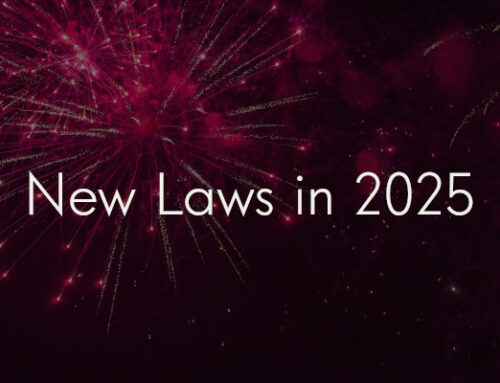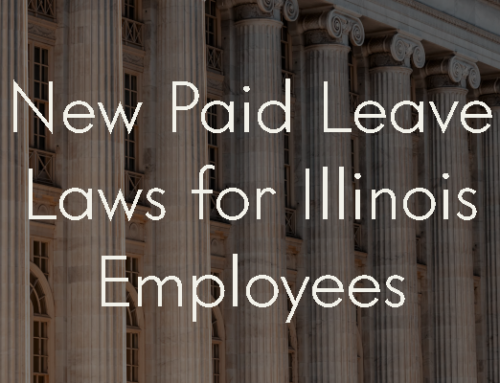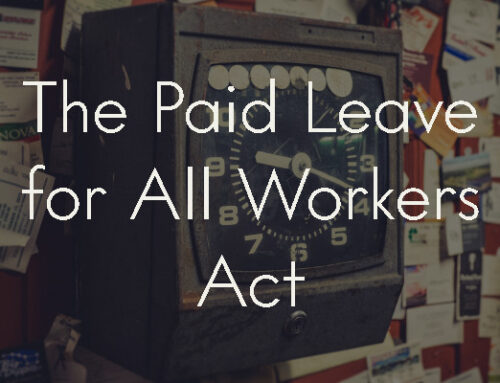This post is part of a series of blog posts, entitled “Trademarks: Knowing When to Get One and How to Protect One.” Check back on our blog in the next couple of weeks for the rest of the blog posts in the series.
What is a trademark?
According to the Lanham Act definitions, a trademark can be any word, name, symbol, or device, or any combination thereof. A trademark is used to identify goods and indicate the source of the goods. Technically, a mark used to identify services is a “Service Mark”, however, the term “trademark” is often used to cover both trademarks and service marks. Trademarks can come into being through use or registration; however, there are several restrictions on what can be trademarked.
The laws that govern trademarks include:
- The Federal Lanham Act
- The Illinois Trademark Registration and Protection Act
- The Illinois Counterfeit Trademark Act
- The Illinois Consumer Fraud and Deceptive Business Practices Act
These laws cover what you need to do to register a trademark, what a trademark can and cannot be, protections for your trademark, and so on. However, there are also important court cases to consider when interpreting these laws.
Note: difference from a copyright: The main difference between a trademark and a copyright is what is being protected. A copyright, unlike a trademark, protects “original works of authorship”, including original sound recordings, writings, pictures, choreographs, and so forth. Copyrights exist when these works become “fixed in any tangible medium of expression”, such as written or recorded. For more information on copyrights, see the Federal Copyright Act.
Check back for our next post on trademarks, “How do I know if I can trademark my mark?”
* Thank you to law clerk, Rebecca Lyon, for her assistance in researching and drafting this post.




